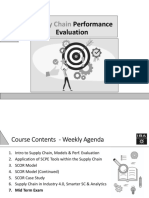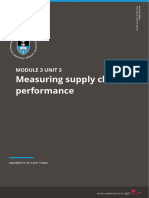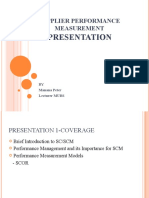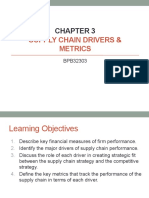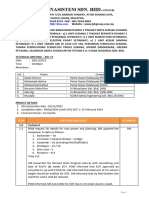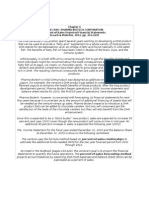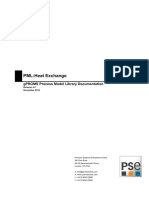0% found this document useful (0 votes)
21 views29 pagesS8 - Procurement Performance Metrics and Analytics
The document discusses the establishment of Key Performance Indicators (KPIs) for procurement, focusing on supplier performance monitoring across various dimensions such as cost, quality, delivery, and safety. It emphasizes the importance of using data analytics to derive actionable insights for decision-making in procurement processes. Additionally, it introduces methods for supplier selection, including the Analytical Hierarchy Process (AHP) and a linear weighted model.
Uploaded by
Md. Mamunur RashidCopyright
© © All Rights Reserved
We take content rights seriously. If you suspect this is your content, claim it here.
Available Formats
Download as PDF, TXT or read online on Scribd
0% found this document useful (0 votes)
21 views29 pagesS8 - Procurement Performance Metrics and Analytics
The document discusses the establishment of Key Performance Indicators (KPIs) for procurement, focusing on supplier performance monitoring across various dimensions such as cost, quality, delivery, and safety. It emphasizes the importance of using data analytics to derive actionable insights for decision-making in procurement processes. Additionally, it introduces methods for supplier selection, including the Analytical Hierarchy Process (AHP) and a linear weighted model.
Uploaded by
Md. Mamunur RashidCopyright
© © All Rights Reserved
We take content rights seriously. If you suspect this is your content, claim it here.
Available Formats
Download as PDF, TXT or read online on Scribd
/ 29














